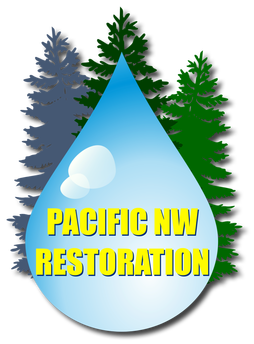|
A fire in a home can be devastating, leaving homeowners with significant damage to their property. Fire damage restoration is restoring a home to its pre-fire condition by removing debris, cleaning up smoke and soot damage, and repairing any structural damage.
It is a complex process requiring the expertise of professionals specializing in fire damage restoration. As there are many things to accomplish, homeowners should call restoration professionals. But which services should they expect? Here are some ideas. 1. Securing the House The first step in fire damage restoration is to secure the house. This involves boarding up any windows and doors damaged by the fire. This is done to prevent further damage from the elements, such as rain or wind, and to deter potential thieves from entering the property. The fire department may also have cut holes in the roof or walls to ventilate the home during the fire. These openings must be covered to prevent additional damage or theft. They should also ensure that the entire structure will fall quickly, especially after the supports have weakened. 2. Assessing for Damage The next step in fire damage restoration is to assess the extent of the damage. It includes inspecting the home's structure, the house's contents, and the damage caused by smoke and soot. They may also try to determine if the property is salvageable or needs a complete renovation, ensuring the homeowner's safety. A professional fire damage restoration company will use specialized equipment to determine the extent of the damage, which may include thermal imaging cameras to detect hidden pockets of heat, moisture meters to measure the moisture content in walls and floors, and air quality monitors to check for toxic fumes and gasses. 3. Removing Water and Drying If the fire is extinguished with water, the next step is to remove the moisture and dry the home. Water damage can cause mold growth and lead to structural damage if it is not addressed quickly. A fire damage restoration company will use pumps and vacuums to remove standing water, dehumidifiers, and fans to dry the house. The process may take several days, depending on the extent of the damage. 4. Cleaning Cleaning is one of the essential services homeowners must expect in restoring fire damage. Smoke and soot can cause significant damage to a home and, if left untreated, cause health problems for the occupants, especially respiratory disorders. A professional fire damage restoration company will use specialized equipment and cleaning agents to remove smoke and soot from walls, ceilings, floors, and furniture. They will also clean and deodorize the air ducts to remove lingering odors. 5. Restoration The final step in fire damage restoration is restoration. This involves repairing any structural damage to the home, such as replacing damaged drywall or flooring. It also includes replacing damaged or destroyed contents, such as furniture or appliances. A fire damage restoration company will work with the homeowner and their insurance company to restore the home to its pre-fire condition as quickly and efficiently as possible. Conclusion Fire damage restoration is a complex process that requires the expertise of professionals in this type of work. Homeowners must expect five services in fire damage restoration: securing the house, assessing for damage, removing water and drying, cleaning, and restoration. Acting quickly after a fire is essential to prevent further damage and start restoration as soon as possible. A professional fire damage restoration company can help homeowners navigate this difficult time and restore their homes to their pre-fire condition. If you're facing water damage, flood damage restoration, or mold remediation issues in PDX, don't worry – Pacific NW Restoration is here to help. We're a top-rated water damage company that provides professional restoration services to customers in the Pacific Northwest. Our team is available 24/7 in an emergency, so you can count on us to be there when you need us most. Contact us today to learn more about our services and how we can help restore your property to its pre-damage condition.
0 Comments
Water damage is a common issue that can occur in any type of property, be it a residential or commercial building. The damage can be caused by various factors, such as natural disasters, plumbing leaks, or faulty appliances. Water damage is a serious matter that can cause severe harm to a property. Therefore, it is crucial to understand the different types of water damage and their effects on a property.
The Types of Water Damage Water damage can be classified into three types based on the water source that caused the damage. 1. Clean Water Damage This is caused by sources such as broken pipes, overflowing sinks, or rainwater. This type of water damage is not hazardous and is the easiest to clean up. However, if left untreated, clean water damage can lead to mold growth, which can cause health problems. 2. Grey Water Damage This is caused by slightly contaminated sources such as washing machines, dishwashers, or toilets with urine. This type of water damage can cause health problems if ingested or if it comes into contact with the skin. Grey water damage requires immediate attention to prevent further damage to the property and to prevent the growth of harmful bacteria. 3. Black Water Damage This is caused by highly contaminated sources such as sewage backups, flooding, or seawater. This type of water damage is hazardous to human health and requires immediate attention from professionals. Black water damage can cause severe health problems if ingested or if it comes into contact with the skin. How Quick Can Water Damage Affect Your Property? The speed at which water damage can cause harm to a property depends on several factors, such as the type of water, the length of exposure, and the temperature and humidity levels. Here are some examples of how quickly water damage can cause harm to a property: 1. Within Minutes Water can penetrate porous materials like drywall, carpets, and furniture within minutes. This can cause discoloration, swelling, and warping of these materials. 2. Within Hours Within a few hours, water can cause metal surfaces to rust, wooden furniture to swell, and fabrics to stain. This can cause permanent damage to these materials, making them unusable. 3. Within Days If left untreated for several days, water damage can cause mold growth, which can cause health problems and further damage to the property. Mold can grow on any surface that is moist, and it can spread quickly throughout a property. 4. Within Weeks If water damage is left untreated for several weeks, it can cause structural damage to the property. This can cause the walls, floors, and ceilings to weaken, and it can also cause foundation damage. Preventing Water Damage Preventing water damage is crucial to protecting your property and your health. Here are some tips to prevent water damage:
Conclusion Water damage is a serious issue that can cause severe harm to a property and even health problems if left untreated. Understanding the different types of water damage and their effects is essential. Preventing water damage is necessary to protect your property and your health, and there are several steps you can take to prevent water damage. If you experience water damage, it’s vital to seek professional help immediately to minimize the damage and prevent further problems. If you are looking for a company that does exceptional water damage repairs in Portland, look no further than our services here at Pacific NW Restoration. We provide the highest quality in professional Restoration Services for Water Damage, Mold Damage and Fire & Smoke Damage to customers throughout PDX. Call us today and let us tend to your water damage in no time! Water damage is a common issue that often requires emergency restoration services. It can occur for various reasons, including natural disasters, plumbing problems, and human error. Emergency water damage restoration is essential to prevent further damage to the property and keep the occupants safe from health hazards.
Here are the top five causes of emergency water damage restoration. 1. Natural Disasters Natural disasters, such as floods, hurricanes, and heavy rain, are unexpected occurrences that can cause severe water damage to homes and commercial properties. Flooding can occur for various reasons, including storm surges, overflowing rivers, and heavy rainfall. When water levels rise, it can enter buildings, affecting the structure, electrical systems, and personal belongings. In such cases, emergency water damage restoration is necessary to remove the water, dry the affected areas, and prevent mold growth. Restoration professionals use specialized equipment to pump out the water, dry the affected areas, and sanitize the property to prevent mold growth and other harmful bacteria. 2. Plumbing Problems Burst pipes, leaking faucets, and overflowing toilets are common plumbing problems that cause water damage in a lot of residential and commercial properties. These issues can occur for various reasons, including aging pipes, improper installation, and human error. When plumbing problems occur, it is essential to address them immediately to prevent further damage to the property. Emergency water damage restoration professionals can quickly identify the source of the problem, stop the water flow, and repair or replace the damaged pipes. 3. Appliance Malfunction Appliance malfunction is another common cause of water damage in homes and business properties. Appliances such as washing machines, dishwashers, and refrigerators can malfunction and cause water to leak onto the floor, damaging the surrounding areas. In such cases, utilizing emergency water damage restoration services is necessary to prevent further property damage and mold and other harmful bacteria growth. Restoration professionals can quickly identify the source of the problem, stop the water flow, and repair or replace the malfunctioning appliance. 4. Roof Leaks Roof leaks can occur due to various reasons, including aging roofs, improper installation, and severe weather conditions. When a roof leak occurs, water can enter the property, causing damage to the structure, electrical systems, and personal belongings. Emergency water damage restoration professionals can quickly identify the source of the leak, stop the water flow, and repair or replace the damaged roof. They can also dry the affected areas to prevent mold growth and other harmful bacteria. 5. Human Error Human error is another common cause of water damage in homes and commercial properties. Spills, overflowing sinks, and misuse of plumbing fixtures can cause water damage to the surrounding areas. In such cases, emergency water damage restoration is necessary to prevent further damage to the property and prevent the growth of mold and other harmful bacteria. Restoration professionals can quickly identify the source of the problem, stop the water flow, and dry the affected areas. Conclusion Water damage is a frequently occurring problem caused by different factors. The primary reasons for water damage restoration are emergencies like natural calamities, faulty plumbing systems, malfunctioning appliances, roof leakage, and human mistakes. In such cases, it is essential to address the problem immediately to prevent further damage to the property and keep the occupants safe from health hazards. Restoration professionals use specialized equipment and techniques to remove the water, dry the affected areas, and prevent mold growth and other harmful bacteria. If you're in need of emergency water damage restoration services, don't hesitate to contact Pacific NW Restoration. Our team of experienced professionals is available 24/7 to provide immediate assistance and restore your property to its pre-damage condition. Don't wait until it's too late. Call us today, and let us help you get back to normal as quickly as possible. Basement flooding is a nightmare for any homeowner. Not only does it cause damage to property and belongings, but it can also compromise the structural integrity of your home. Furthermore, a flooded basement can lead to serious health problems due to the growth of mold and mildew.
Understanding the various causes of a flooded basement and implementing appropriate solutions to prevent such a catastrophe is essential. In this blog section, we will discuss the common reasons for basement flooding and offer practical advice to protect your home. Poor Drainage System One of the leading causes of a flooded basement is a faulty or inadequate drainage system. It includes problems with gutters, downspouts, and drainpipes that are supposed to direct water away from your home. If these systems are clogged, damaged, or improperly installed, moisture can easily accumulate around your foundation and seep into your basement. Solution:
Foundation Cracks Cracked foundations are another common cause of a flooded basement. Water can easily seep through these cracks, leading to dampness and flooding. Foundation cracks can occur due to the natural settling of the house, soil movement, or hydrostatic pressure exerted by water-saturated soil. Solution: Inspect your foundation regularly for cracks and repair any. If the problem is severe, consider hiring a professional foundation repair company to address the issue. Waterproofing your basement walls and floors can also help prevent water from seeping through small cracks. Improper Grading If the ground around your home slopes towards your foundation, this can cause water to pool around your home's perimeter and eventually seep into the basement. It is especially problematic during heavy rainfall or snowmelt. Solution: Ensure the grading around your home slopes away from your foundation. You may need to regrade your yard or install a drainage system to direct water away from your home. Sewer Backup A sewer backup occurs when wastewater from your home's sewer line flows back into your basement due to a blockage or an overwhelmed city sewer system. Sewer backups can cause significant damage to your property and pose serious health risks due to the presence of harmful bacteria and contaminants. Solution: Install a backwater valve on your home's sewer line to prevent wastewater from flowing back into your basement. Regularly inspect and maintain your sewer line to avoid blockages leading to backups. Hydrostatic Pressure Hydrostatic pressure is the force exerted by water-saturated soil against your basement walls and floor. This pressure can cause cracks in your foundation and force water into your basement, leading to flooding. Solution: Install a drainage system around your home's foundation to relieve hydrostatic pressure and prevent water from seeping into your basement. Waterproofing your basement walls and floors can also help protect against hydrostatic pressure. Window Well Leakage Basement window wells can accumulate water during heavy rainfall, causing water to seep through the window and into your basement. It is especially problematic if the window well is not sealed correctly or if the window itself is not watertight. Solution: Install a window well cover to prevent water from accumulating in the well. Ensure the window is properly sealed and watertight to prevent water from seeping into your basement. Conclusion By understanding the common causes of basement flooding, you can take preventive measures to protect your home and avoid the costly damages and health risks associated with a flooded basement. Regular inspections, maintenance, and investing in proper drainage and waterproofing systems are essential steps to keep your basement dry and your home safe. Do not wait for disaster; take action to safeguard your home against basement flooding. If you have a flooded basement, seek immediate help from Pacific NW Restoration. We provide top-notch water damage restoration services. Contact us now for more details! |
Archives
July 2024
Categories |
HOME | SERVICES | ABOUT US | SERVICE AREA | FAQ | CONTACT US
PACIFIC NW RESTORATION
7275 SW 195th Avenue #201
Beaverton, Oregon 97007-5524
503-444-8909
[email protected]
www.PortlandWaterDamageRestoration.com
Beaverton, Oregon 97007-5524
503-444-8909
[email protected]
www.PortlandWaterDamageRestoration.com
PACIFIC NW RESTORATION IS FULLY LICENSED, BONDED & INSURED
OREGON C.C.B. #218307
Copyright @ 2017 | Pacific NW Restoration | All Rights Reserved

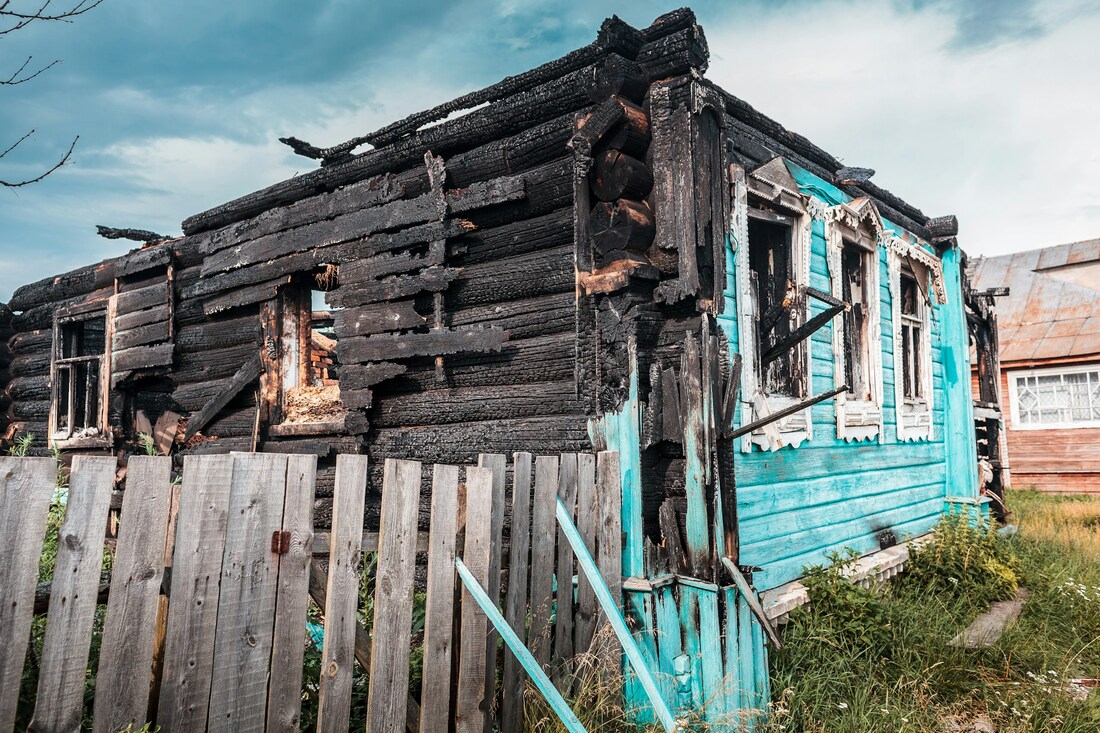
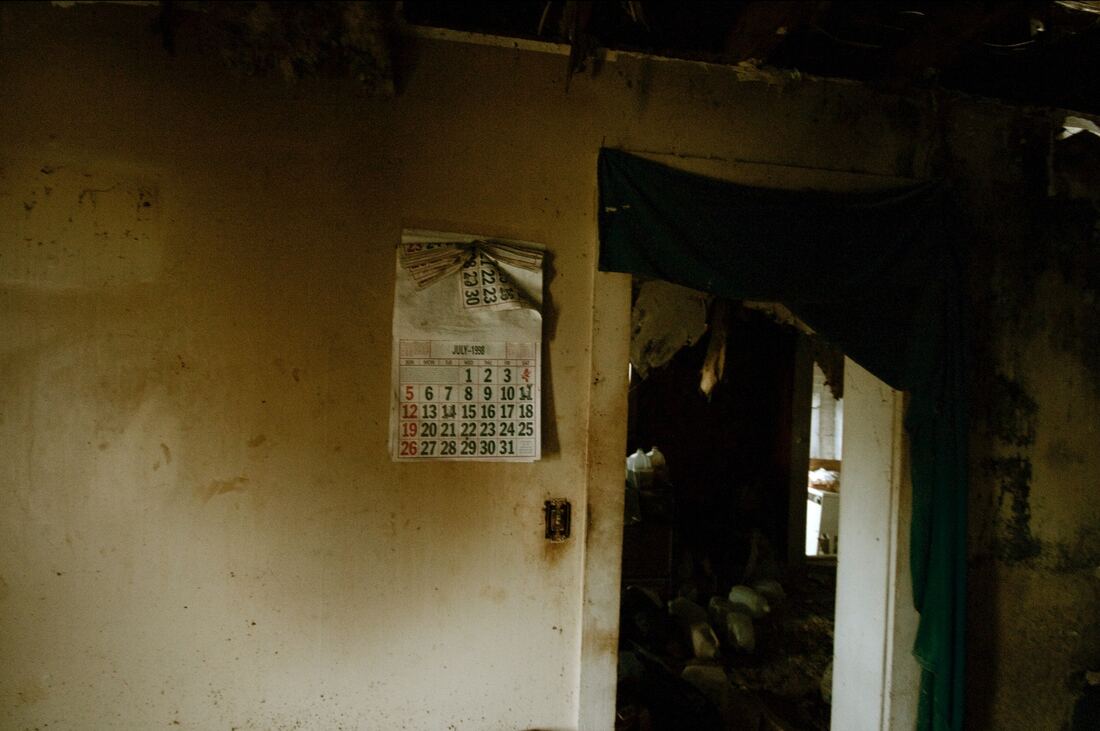
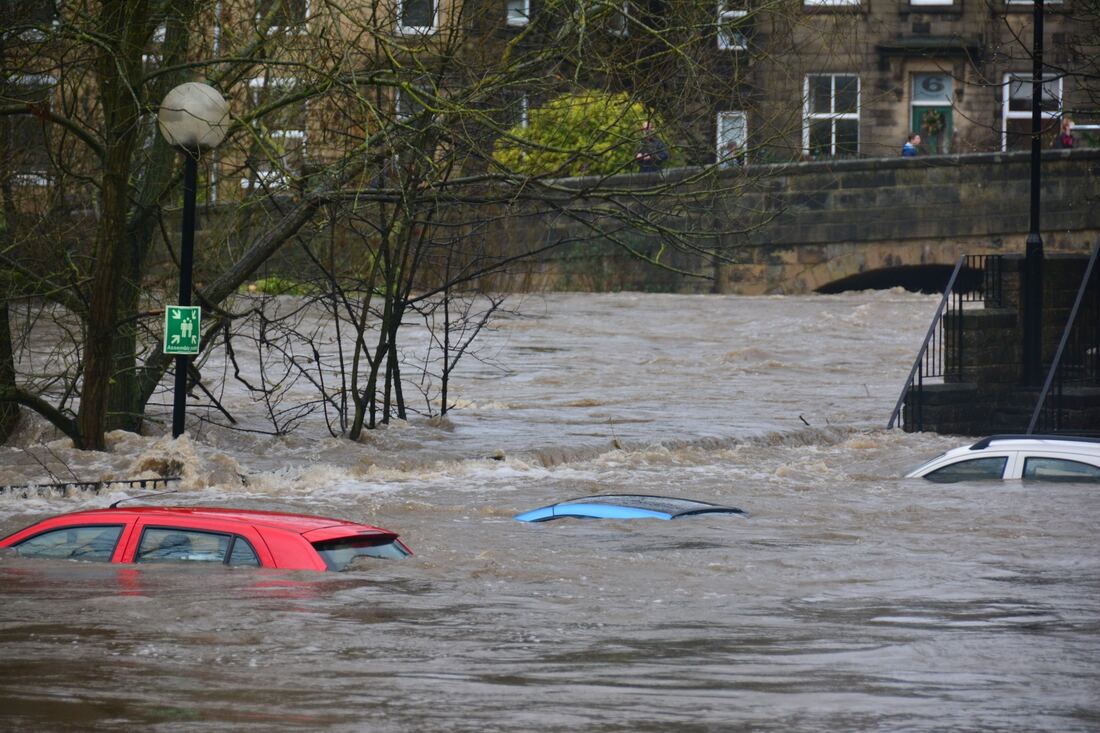
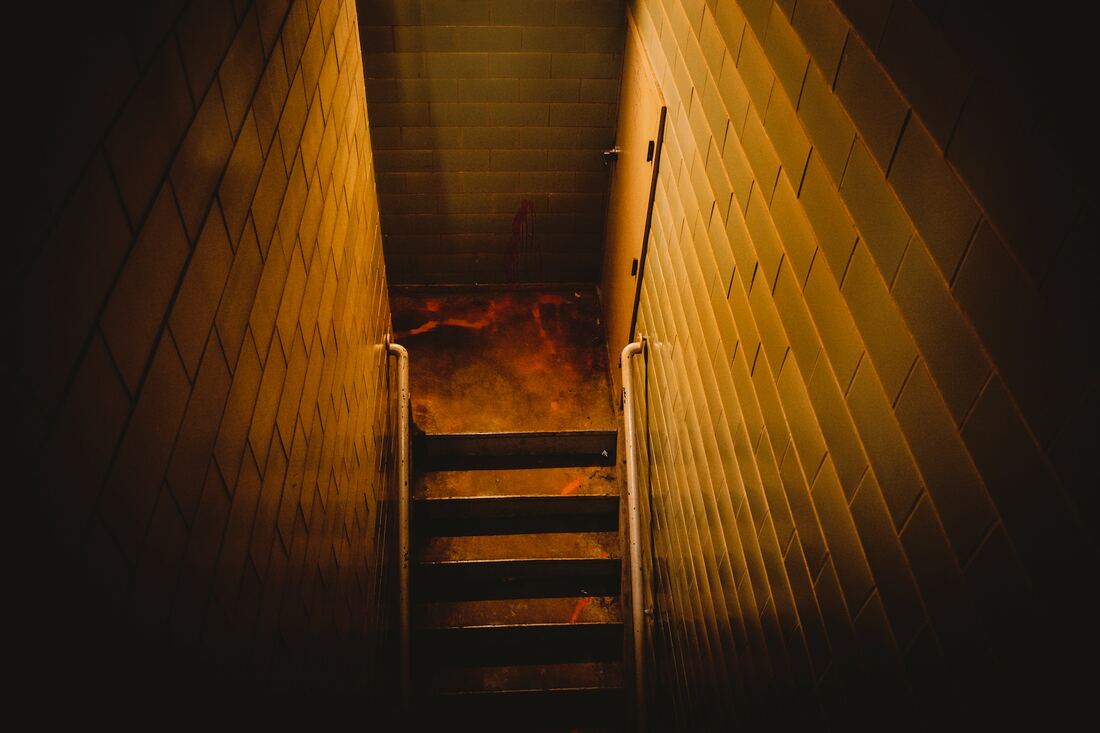
 RSS Feed
RSS Feed
